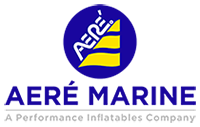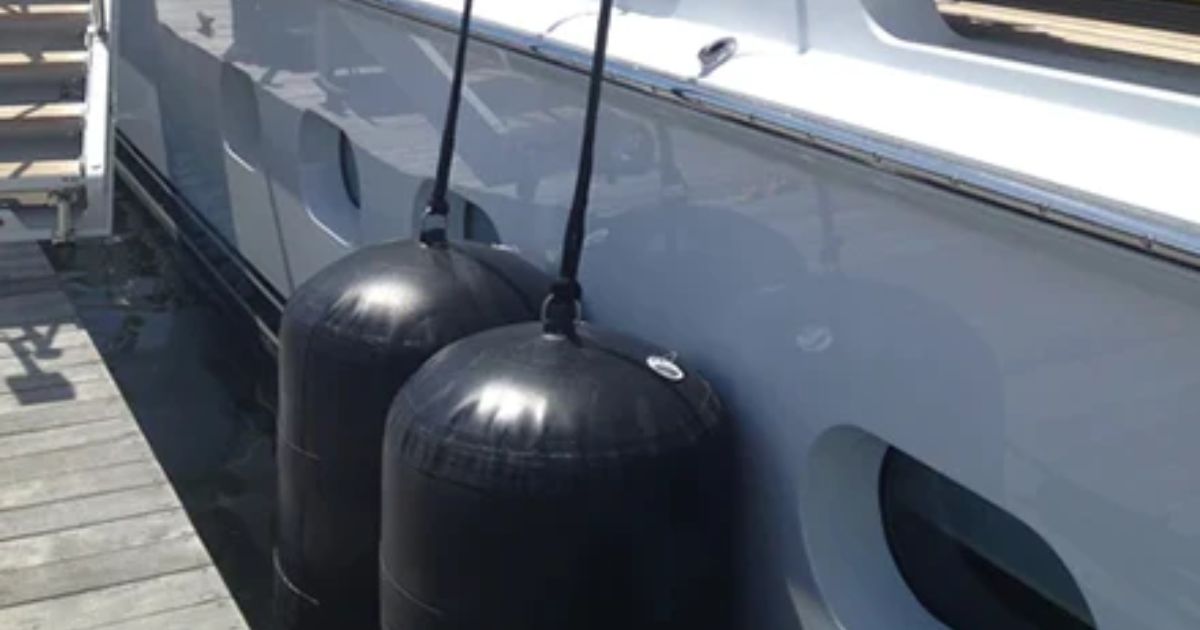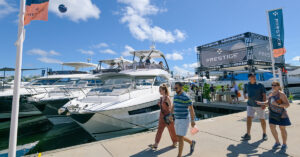You can hang your fenders by using the following:
- Using Pilings. Horizontal hanging your fenders is necessary when you tie your boat to a wake that has a navy style bulkhead or exposed pilings. As you know, some fenders have eyes on opposite ends, allowing you to threat a rope through them. Just place the fender at the center of the rope and secure it horizontally. Use a fender board if you plan on leaving your boat for more than an hour or two. You can also hang a pair of fenders vertically behind a two-by-four. This way, the fenders shield your hull as the two-by-four takes the harsh beating from the dock’s pilings.
- Using tie-offs. Hanging fenders ideally need deck-mounted fittings and cleats. These fittings and cleats cannot give much force on the securing fasteners or on the deck. They also have a low profile. You can also use rail stanchions. Hanging your fenders to the rails may cause the deck and the rail stress if one of the fenders is pinched while pulling away from the dock. To prevent pinching, the tie-off areas must be effectively through-bolted.
- Using knots. Securing a fender to a rail or a stanchion is much more efficient by using three knots—the half- or round turn hitch, the clove hitch, and the running hitch.
Take note that you will need a fender board to place over two fenders if the piling spaces are large. The board keeps the fenders from sliding or slipping between the dock’s pilings. You can very well adjust the fenders to the right position or height of the pier. You can change your present hitch to a complete clove hitch. Tighten it up to prevent your fender whips from detaching.
Once you are in an anchorage area or approaching a pier, make sure you hang your fenders on each side of your boat to keep your vessel safe from drifting boats and rough waves.
Learning how to hang your fenders properly can help you have a pleasant boating experience. It can even help reduce damage to your vessel and even lengthen the lifespan of your new boat.
If you want to know more about fender protection, you can click here to speak to one of AERE Marine’s boating supply experts.









